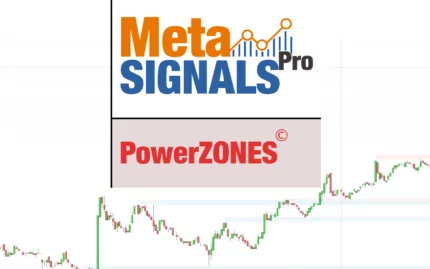Subtotal:
99,00 €
A step by step guide to educate oneself on trading strategies
Introduction
Educating yourself on trading strategies is a crucial step toward becoming a successful trader. This step-by-step guide aims to help you get started on your trading journey.
Table of Contents
- Introduction
- Start with the Basics
- Learn Market Terminology
- Read Books and Online Resources
- Take Online Courses
- Understand Technical Analysis
- Explore Fundamental Analysis
- Practice with Demo Trading
- Backtesting
- Risk Management
- Develop Your Trading Plan
- Study Different Trading Styles
- Keep Learning and Adapting
- Join Trading Communities
- Seek Mentorship
- Paper Trading
- Start Small
- Review and Reflect
Start with the Basics
Begin by understanding the fundamentals of financial markets, including different asset classes like stocks, forex, commodities, and cryptocurrencies. Learn about market participants and the role of exchanges.
Learn Market Terminology
Familiarize yourself with common trading and financial terms such as pips, lots, leverage, margin, stop-loss, and take-profit.
Read Books and Online Resources
Invest time in reading books and online resources about trading strategies. Some classic books include:
- “The Intelligent Investor” by Benjamin Graham
- “Technical Analysis of the Financial Markets” by John J. Murphy
- “Market Wizards” by Jack D. Schwager
Take Online Courses
Enroll in online courses or trading programs offered by reputable institutions or educators. These courses often cover a wide range of trading topics and strategies.
Understand Technical Analysis
Learn the basics of technical analysis, which involves analyzing price charts and using indicators like Moving Averages, Relative Strength Index (RSI), and Bollinger Bands to make trading decisions.
Explore Fundamental Analysis
Understand fundamental analysis, which involves evaluating the financial health of a company or asset. Learn how to analyze financial statements, news events, and economic indicators.
Practice with Demo Trading
Open a demo trading account with a brokerage platform and practice trading strategies without risking real money.
Backtesting
Learn how to backtest trading strategies by analyzing historical data to assess performance over time.
Risk Management
Study risk management techniques, including position sizing, setting stop-loss orders, and managing leverage.
Develop Your Trading Plan
Create a trading plan that outlines your trading goals, preferred markets, entry and exit strategies, risk tolerance, and money management rules.
Study Different Trading Styles
Explore various trading styles such as day trading, swing trading, and long-term investing.
Keep Learning and Adapting
Stay updated with market news and continuously refine your strategies based on changing market conditions.
Join Trading Communities
Consider joining online trading communities to exchange ideas and learn from experienced traders.
Seek Mentorship
Find a mentor who can provide guidance and share their trading experience with you.
Paper Trading
After practicing with a demo account, try paper trading to simulate real trades without using real money.
Start Small
When you decide to trade with real money, start with a small capital allocation and gradually increase it as you gain experience.
Review and Reflect
Regularly review your trading performance and keep a trading journal to track your trades, successes, and failures.


